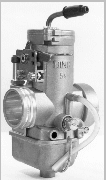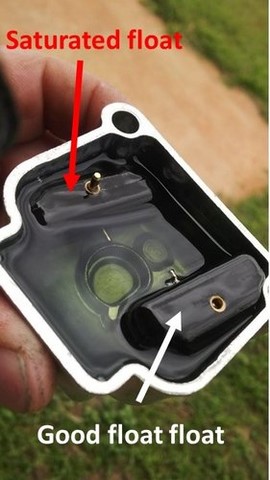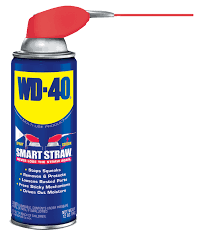Bing 54 Carb Tuning and Troubleshooting
Troubleshooting the Bing 54 carb used on Rotax 277, 377, 447, 503, 532, 582 and 618 aircraft engines.
When a person is ill an instrument that is frequently used is a thermometer. When an ultralight engine is "ill" its thermometer is the spark plug. A properly tuned engine will come out with a nice sandy brown or tan coloured spark plug. An spark plug that comes out grey to white indicates a lean fuel mixture while a plug that comes out black, wet or sooty looking indicates a rich fuel mixture.
Now if you are looking for a problem the spark plug can also help trace the problem. A spark plug that is dry after several attempts to start it would indicate that no fuel is getting to the engine. While a spark plug that is wet would indicate a rich or flooding situation, or no spark which is an ignition problem.
Since the fuel that causes these two situations is supplied by the carburetor lets take a closer look at this unit. Experience has shown that usually one of two thing happen if the carburetor is involved in the problem. First either something has worn over a period of time and has gradually effected the performance of the engine, or something happens instantly.
Of course something can wear over a period of time and fail causing the instant situation.
Bing 54 Carb Tuning and Troubleshooting
Now before we get further into this - the following is for troubleshooting and tuning a BING carb. Before you start into it you want to make sure that your problem is with the carburetor. If the engine that you are working on has seized rings, or a blown piston, wrist pin bearing, or faulty spark plug, cap or ignition coil - you will be wasting your time trying to "tune or troubleshoot the carb."
In order to do the following properly you should have an EGT gauge correctly installed with probes for each cylinder and a tachometer.
One of the easiest ways to check for damage to a two stroke engine is to remove the exhaust manifold. With this done you can see the pistons, rings etc. If there is any damage, blow bye, or ring seizure forget about your carb and fix the real problem.
BING 54 Carburetor Setting Float Fuel Level
Your engine won't start and the spark plugs are wet.
This indicates excessive fuel in the combustion chamber. This can come about IF YOU HAVE NO SPARK - which is not carb related. It can also occur if the float level is too high, or if a component such as your float(s), float arm, needle, seat are damaged or obstructed.
It can also occur if your "enriching circuit" has been used to much, or you have primed the engine too much. Engines that are used inverted will generally be found in this condition after a day or two of storage, this is not a carb problem!
To start this engine DO NOT prime it - give it full throttle and crank it until it either starts or clears itself.
Suggestions: The first thing that I do when checking for proper fuel level in the carb bowls is to check the floats. In looking at the float I am looking for damage, this usually occurs around the pin hole that goes through the center of the float.
BING 54 Floats - checking for correct float bowl level
To check the floats fill the float bowls with fuel lay them on a flat surface and then place the floats on the stems.
Note where the float arms are in relation to the fuel. Let them sit there for about 15 minute and then check them If the floats are not level with each other then and both arms are not even with the top of the fuel them the float(s) are damaged and need to be replaced.
A float like this will cause an improper fuel mixture since it allows more fuel in than it should. Also because only one float is working the other is taking more of the load and it will sink. Next turn the carb body upside down on a float surface.
The two float arms should be LEVEL with the base of the carb. You adjust this by bending the CENTER tang where the needle rides. DO NOT bend the float arms.
If fuel is running out the over flow tube then your needle and seat has either failed or an obstruction is preventing it from closing. To repair this you will have to remove the float arms and needle and then use compressed air, or a spray can of WD 40 to clean the passage way. It is suggested that you use a plastic bag over the other end of the passage when you use the air.
This way you can verify what was obstructing the needle and that it has been removed.







